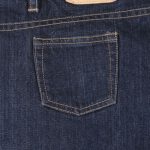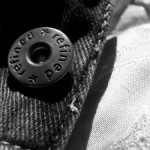
by MakeYourOwnJeans | Fashion, jeans |
Tired of wearing the same style of indigo-colored jeans day after day? While there’s certainly nothing wrong with this classic look, jeans are available in dozens of other styles from which to choose, including acid wash. A Little Bit About Acid Wash Jeans… Acid wash jeans were once a popular fashion statement back in the 1980s, although they’ve since been largely replaced by the more modern-looking indigo/blue style. Back then, everything from denim jeans and shorts to jackets and shirts were made with acid wash. With that said, they’ve been making a gradual comeback in recent years, with men and women alike choosing to wear them. So, what in the world are acid wash jeans and why should you wear them? The term “acid wash” refers to a production process in which special chemicals are used to strip away most of the color, leaving behind white and blue colored streaks. Manufacturers submerge the denim material in a bath of chemicals, which over time extracts the colored pigments from the material. The end result is a truly stylish and unique pair of denim jeans that features vertical streaks running throughout. How to Choose Acid Wash Jeans If you are thinking about trying acid wash jeans for the first time, you should first consider the color. Granted, acid wash jeans are defined by the stripping away of its colored pigments, but this doesn’t necessarily mean that all of them are white. On the contrary, you can find acid wash jeans available in a wide variety of colors, ranging from light blue and turquoise to yellow, red and even black. Consider when...
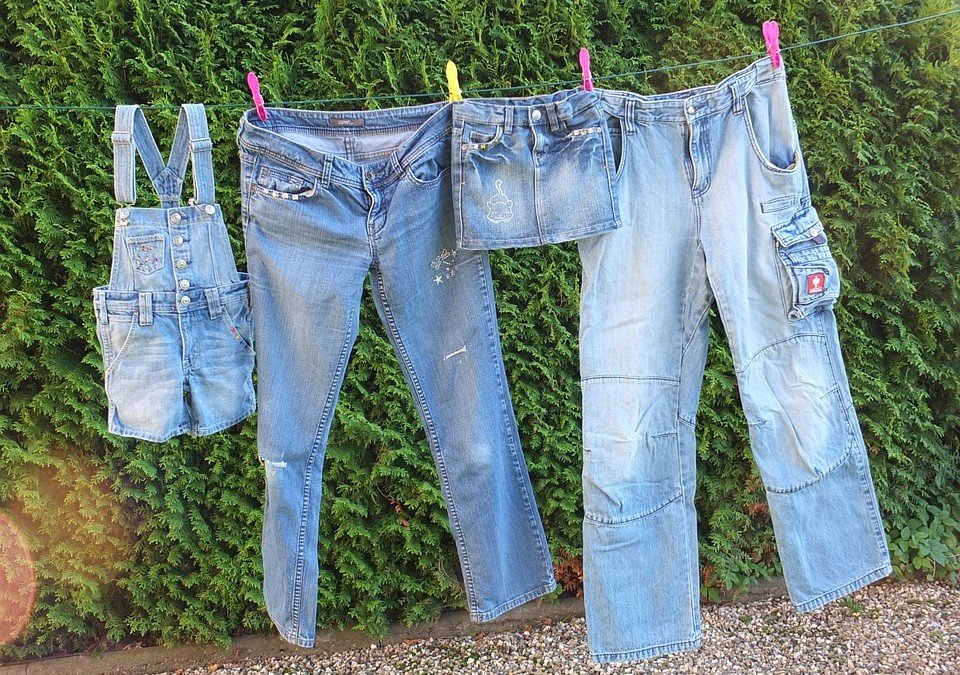
by MakeYourOwnJeans | jeans |
One of the many reasons why jeans are the single most popular style of pants is because they are durable. Featuring strong, hard-to-break denim, they can be worn for work or leisure. But many people are now choosing to wear stretch denim jeans. Unlike standard jeans, they are typically made with either polyester or a polyester-cotton blend, making them more susceptible to shrinkage from washing and drying. So, what’s the best way to care for polyester stretch denim jeans? While some stretch jeans are more resistant to shrinkage than others, all jeans that are made of polyester will shrink to some degree when exposed to hot temperatures. Furthermore, polyester doesn’t hold up under stress as well as 100% denim, meaning it’s more likely to rip and tear when placed in the washing machine. Spot Clean Ideally, you should spot clean your stretch denim jeans using a warm washcloth with a small amount of laundry detergent. Place a washcloth under lukewarm water until it’s just slightly damp, place a couple drops of color-safe laundry detergent on the surface, and then gently scrub any dirty or stained areas on your stretch jeans. Assuming the stain is minor and hasn’t settled in yet, this should do the trick. Of course, stains that have already settled may require a little more work to clean. There are dozens of topical spot-removing products available for sale, some work while others don’t. If you are thinking about trying one of these products, though, you should test in a discreet area of your jeans to see if it works. Machine Washing Most stretch denim jeans can be...
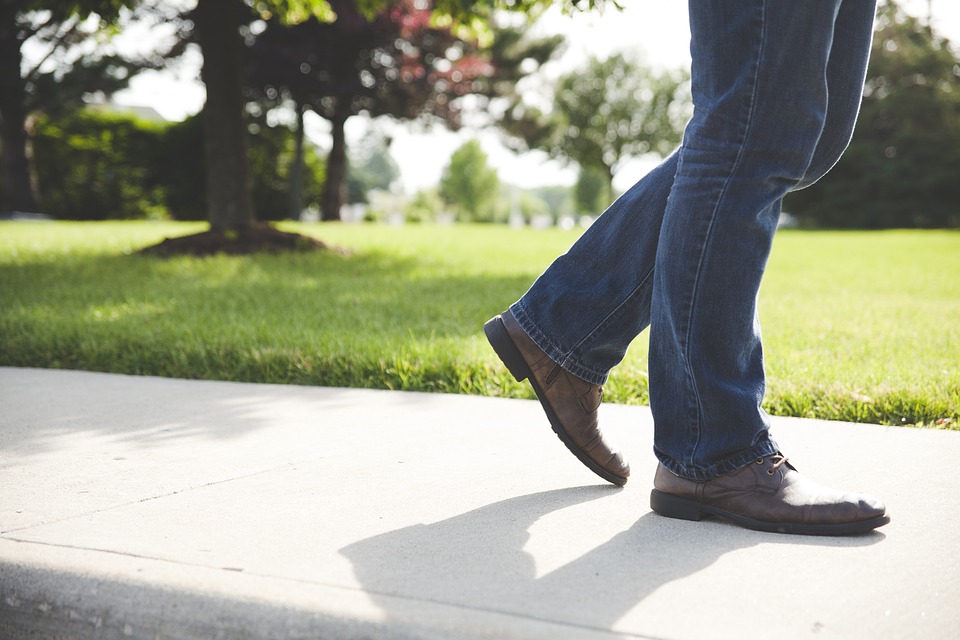
by MakeYourOwnJeans | jeans |
We all know the importance of choosing jeans (or any pants for that matter) that fit your body. If they are too big, the excess fabric will look puffy and awkward. But if they are too small, your jeans will be uncomfortable to wear. This is why it’s recommended that you order jeans which are custom designed to fit. In doing so, however, you’ll need to specify the “inseam” measurement. Inseam Measurement 101: The inseam is essentially a measurement of your inner leg, running from the top of your thigh to your ankle. I guess you could say it’s the “length” measurement of jeans, trousers or other pants. Choosing pants with a proper inseam measurement will ensure that they are neither too long, nor too short. Keep in mind, though, that some fashion companies may use different techniques to acquire inseam measurements. So jeans from one company may have a 31″ inseam, whereas a similar pair of jeans from another company may have a 32″. How to Get Your Inseam Measurement To determine which size of jeans you need, you should first get your own inseam measurements. Using a tape measure, measure the fabric just below the crotch to the ankle or hem. It’s important to stand up straight when getting your inseam measurement, keeping your legs spread just slightly apart from one another. Although both your left and right legs should have the same inseam measurement, you should go ahead and measure both. If they are the same, you know the inseam measurement is correct. If they are different, you should go back and remeasure your inseam to...
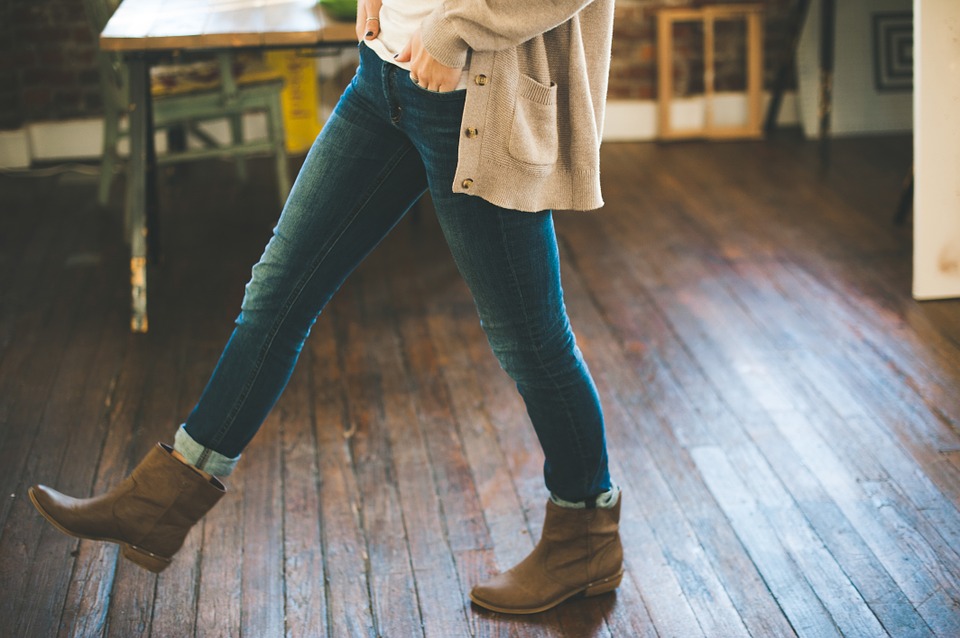
by MakeYourOwnJeans | denims, jeans |
The next time you grab a pair of jeans from your wardrobe, look at the front and you’ll probably notice a small pocket found within the actual pocket. Granted, not every brand or style of jeans features this extra-small pocket, but many do. If you inspect this pocket, you’ll notice that it’s too small to fit your wallet or other everyday items in. This begs the question, then: what is the purpose of these extra-small pockets on jeans? On the community Q&A website Quora, a user recently sought an answer to this question. Another user responded by revealing the true nature of this these extra-tiny pockets: Levi Strauss came up with the idea of including small pockets in jeans for the purpose of holding a watch. According to the user, cowboys and miners would carry watches attached to chains on their waistcoats. Levi Strauss wanted to prevent people from losing their pocket watches, so he added two small pockets to his jeans. The trend has since stuck, with many other denim makers and companies following in his footsteps. “It’s a watch pocket. Back in the 1800s, cowboys used to wear their watches on chains and kept them in their waistcosts. To keep them from getting broken, Levi’s introduced this small pocket where they could keep their watch,” explained the user. Of course, there are other things for which the small pockets can be used. For instance, you can store your car key or house key inside the pocket, assuming it’s not connected to a large key ring. The pockets can also be used to store coins. Other things that...

by MakeYourOwnJeans | Fashion, jeans |
Who says you can’t wear a blazer with jeans? Blazers are often viewed as a formal style of outwear, with guys typically wearing them with a suit. Just because they are associated with formal wear, however, doesn’t necessarily mean that you can not wear them with casual garments. On the contrary, a blazer is the perfect choice of outerwear when you are trying to achieve a more dressy outfit with denim jeans. So, what’s the best way to wear jeans and a blazer? Choose the Right Jeans If you are going to wear a blazer with jeans, it’s important that you choose the right type of jeans. Because darker colors are associated with formal wear, it’s recommended that you choose a pair of dark-colored jeans, such as indigo for instance. Avoid faded or acid washed varieties, as it may clash with the formal look of your blazer. When in doubt, you really can’t go wrong with dark navy or indigo jeans. Slim Fit Denim jeans are available in several different styles, but if you intend to wear them with a blazer you should stick with a slim fit. Why is this important? Well, slim-fit jeans are designed to hug the body, meaning there’s less fabric flapping around. As a result, slim-fit jeans have a more formal, dressier appearance than most other styles, making them the ideal choice for a blazer. Coordinate Your Blazer and Jeans You have to think of your jeans as the trousers of your suit. This means choosing colors that coordinate with one another. Your blazer doesn’t necessarily have to be the exact same color as...
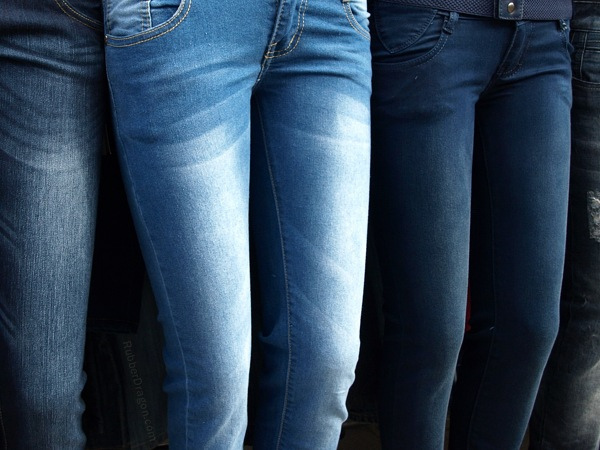
by MakeYourOwnJeans | jeans |
When shopping for a new pair of denim jeans, you’ll probably come across different rises. Of course, this isn’t limited strictly to jeans. Trousers and other pants are designed in different rises. Whether you are familiar with the term or not, however, it’s essential that you choose the right rise, as this will play a key role in the fit and overall appearance of your jeans. Low-Rise Low-rise jeans live up to their namesake by sitting lower around the waist than standard jeans. They’ve been around for decades, boasting the highest level of popularity during the 1960s and 70s. The waist is typically larger, which allows the jeans to fall — at least somewhat — around the lower portion of your waist. Low-rise jeans have since made a comeback, however, with many women preferring this style over other rises. Regular-Rise If you are looking for a more traditional look, however, you may want to stick with regular-rise jeans. Also known as mid-rise, jeans of this style generally sit around the middle of your waist. The distance from the middle of the crotch to the top of the waistband in regular-rise jeans is usually 8 to 11 inches, depending on the manufacturer and exact style. Regular-rise jeans are a safe choice, as they can be dressed up or dressed down for a variety of occasions. High-Rise Last but not least is high-rise jeans. We’ve talked about this style before on the MakeYourOwnJeans blog, but in case you missed it, high-rise jeans are basically jeans with a rise of at least 10 inches. Because they sit higher on the waist, they...








